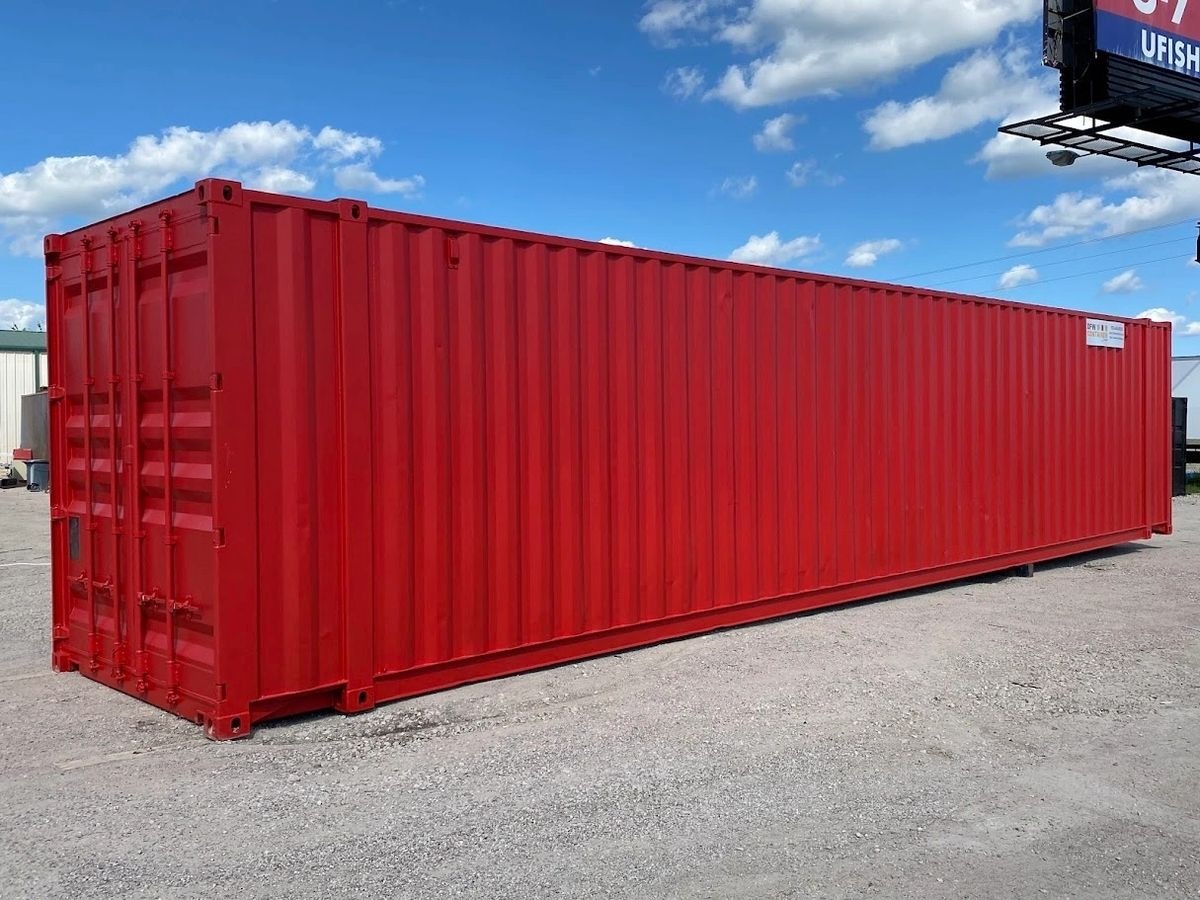The Versatility of the 20 Ft Container: A Comprehensive Guide
On the planet of shipping, logistics, and building and construction, containers have actually transformed the way we carry items and products. Among the various sizes, the 20 Ft container stands out due to its adaptability and usefulness. This post will cover whatever you need to know about 20 Ft containers, including their requirements, utilizes, benefits, and more.
What is a 20 Ft Container?
The 20 Ft container, also referred to as a TEU (twenty-foot equivalent system), is among the standard sizes used in intermodal transport. Size Of A 20ft Container is mostly developed to be moved by truck, train, and ship, permitting items to be transported seamlessly across different modes of transport without needing to dump and reload.
Specifications
Before delving into the usages and advantages of a 20 Ft container, let's take an appearance at its requirements.
| Specification | 20 Ft Standard Container |
|---|---|
| External Length | 20 ft (6.058 m) |
| External Width | 8 ft (2.438 m) |
| External Height | 8.5 ft (2.591 m) |
| Internal Length | 19.4 ft (5.898 m) |
| Internal Width | 7.7 ft (2.352 m) |
| Internal Height | 7.9 ft (2.393 m) |
| Maximum Gross Weight | 24,000 kg (52,911 pounds) |
| Tare Weight | 2,300 kg (5,071 pounds) |
| Pay Load Capacity | 21,700 kg (47,858 lbs) |
Uses of the 20 Ft Container
1. Shipping and Transportation
The main usage of the 20 Ft container is for shipping items internationally. Its size makes it suitable for various types of cargo, including:
- Raw materials
- Durable goods
- Machinery
- Electronics
2. Storage Solutions
Companies and people frequently use empty 20 Ft containers for storage. The strong building offers a protected space for storing:
- Tools and devices
- Seasonal products
- Stock
3. Momentary or Permanent Structures
With a little creativity, 20 Ft containers can be transformed into habitable areas. Some applications include:
- Pop-up stores
- Workplaces
- Houses
- Cafés
4. Disaster Relief
In disaster-stricken locations, these containers function as short-term shelters or storage for humanitarian products. Their resilience permits them to endure harsh conditions while providing much-needed aid.
5. Eco-Friendly Construction
Reusing shipping containers for building is an environment-friendly choice that promotes sustainability. The 20 Ft container can easily be modified to fulfill various architectural styles.
Advantages of Using a 20 Ft Container
The adaptability of a 20 Ft container offers a number of benefits:
1. Cost-efficient
Transporting cargo in standard-sized containers minimizes shipping expenses due to simplified logistics and increased efficiency.
2. Toughness
Constructed from steel, 20 Ft containers are created to stand up to heavy loads and harsh environmental conditions, making sure cargo remains secure.
3. Portability
The standardized size permits easy transportation throughout different transport modes, providing added benefit.
4. Versatility
The multiple usages of a 20 Ft container-- from storage to living space-- make it a useful option for various requirements.
5. Security
Lockable doors and strong building and construction make 20 Ft containers a safe and secure option for storing important products.
Challenges to Consider
While the advantages are considerable, there are challenges as well:
1. Restricted Space
For larger projects or items, a 20 Ft container may not provide adequate area. You may require additional containers for bigger deliveries or products.
2. Permitting Issues
Local policies might impose restrictions when utilizing containers for building or storage. It's vital to examine local codes before transforming a container into a structure.
3. Transport Costs
While 20 Ft containers can be cost-effective for shipping, the transport expenses can still build up, particularly if moving short ranges.
Regularly Asked Questions (FAQ)
1. Can I buy an utilized 20 Ft container?
Yes, utilized containers are widely readily available at lower prices than new ones. Nevertheless, it is necessary to examine them for any damage, rust, or structural concerns.
2. Are there various kinds of 20 Ft containers?
Yes, there are various types, including standard dry storage containers, refrigerated containers (reefer), and open-top containers designed for particular freight types.
3. How do I prepare a 20 Ft container for usage?
Preparation may include cleaning the container, carrying out needed repair work, and thinking about modifications for plumbing or electrical systems if utilizing it as a home.
4. What is the difference between a standard and a high-cube 20 Ft container?
A high-cube container is one foot taller than a basic container, offering more internal area. The option between them depends on the height of the items being kept or delivered.
5. For how long can I keep a shipping container at my location?
Regulations relating to container placement differ by area. Check regional codes for particular time limitations or permits required for extended use.
20 Ft containers offer a practical and flexible option for various shipping and storage needs. Their durability, financial advantages, and innovative possibilities for repurposing make them an important property in logistics, building and construction, and beyond. Whether you're an organization seeking to enhance operations or a specific checking out unique living arrangements, comprehending the abilities of the 20 Ft container can open a world of possibilities. Versatile to nearly any scenario, this shipping container size continues to play a crucial role in modern-day logistics and sustainable practices.

